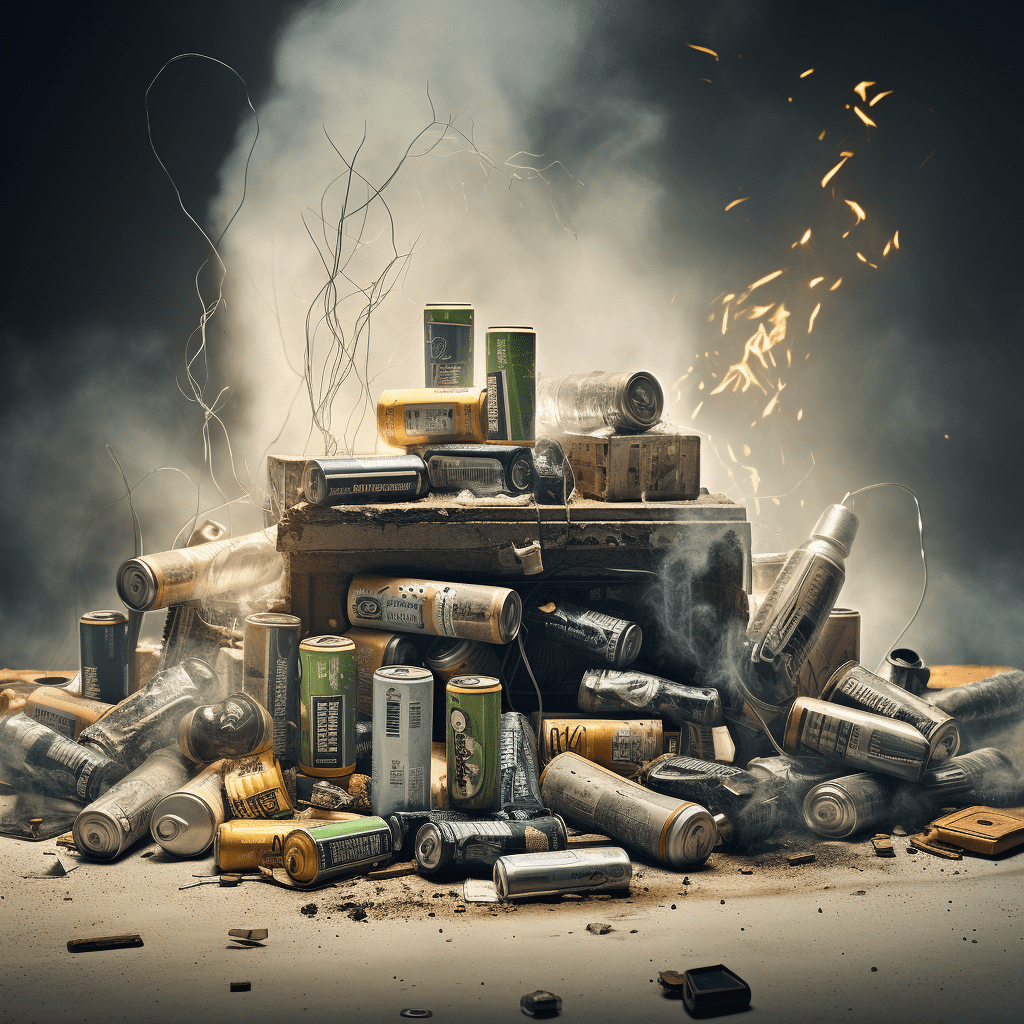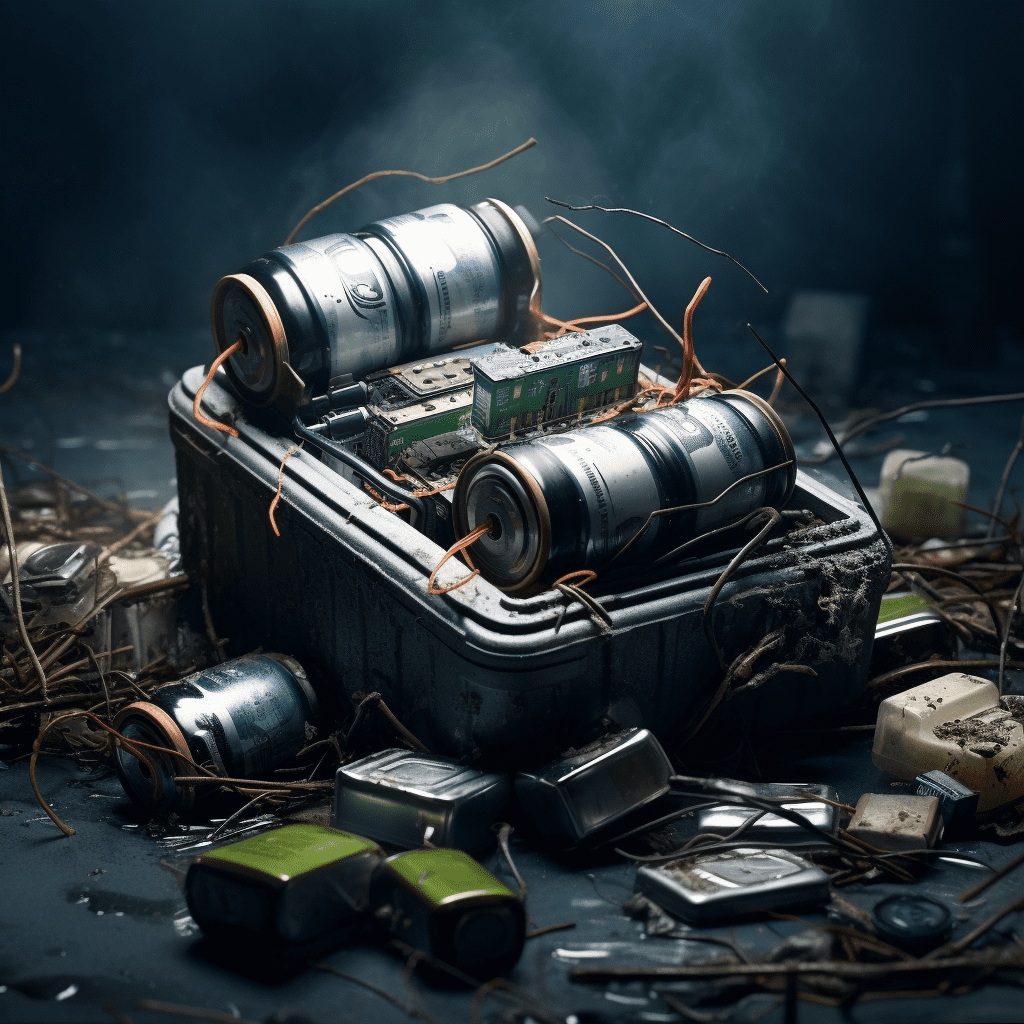There are two typical follow-up paths for recycling lithium-ion batteries: cascading utilization or direct material recycling.

#post_seo_title
Cascading Utilization and Material Recycling
Cascading Utilization:
For retired lithium-ion power batteries that follow the cascading utilization path, they undergo cascading utilization before material recycling. The pursuit of economic benefits is the driving force behind both corporate and societal behaviors. The maximum value of a battery is achieved when it is reused through cascading utilization
Material Recycling:
Direct material recycling is typically suitable for batteries with batch sizes too small, no historical records, or those that fail safety monitoring, among other factors. when its utilizable value decreases to below maintenance costs, at which point material recycling is performed.
Early stages of power lithium-ion battery:
However, in reality, early power lithium-ion batteries often lack traceability, exhibit varying quality and models. The early-stage utilization of these batteries carries high risks, and the cost of risk elimination is significant. Therefore, in the early stages of power lithium-ion battery recycling, material recycling is the most probable destination for these batteries.
Extraction Methods for Positive Electrode Materials Metals
Currently, the recycling of power lithium-ion batteries doesn’t achieve comprehensive recycling and reutilization of all the materials in the entire battery.
Economical factor:
The cost of positive electrode materials accounts for over one-third of the cost of a single battery. Given that graphite and other carbon materials are commonly used in the negative electrode, and materials like lithium titanate (Li4Ti5O12) and silicon-carbon composites (Si/C) are less common, the current focus of battery recycling technology primarily revolves around the recycling of positive electrode materials.
Types of positive electrode materials include
- Lithium cobalt oxide
- Lithium manganese oxide
- Lithium iron phosphate
- Ternary lithium
Recycling methods for waste lithium-ion batteries:
The recycling methods for waste lithium-ion batteries mainly fall into three categories:
- Physical
- Chemical
- Biological methods.
Among these, wet metallurgy, or hydrometallurgy, is considered a more ideal recycling method due to its low energy consumption, high recycling efficiency, and high product purity compared to other methods.
Wet Metallurgy
Introduction:
Wet metallurgy is a method that uses suitable chemical reagents to selectively dissolve the positive electrode materials from discarded lithium-ion batteries and separate the metal elements in the leachate.
Suitable for which batteries:
Wet metallurgy is suitable for recycling discarded lithium-ion batteries with relatively simple chemical compositions. It can be used as a standalone method or in combination with high-temperature metallurgy. This method has low equipment requirements and processing costs, making it a mature and cost-effective approach for the recycling of small to medium-sized discarded lithium-ion batteries.
Fire metallurgy:
Introduction:
Fire metallurgy, also known as incineration or dry metallurgy, involves high-temperature incineration to remove organic binders from electrode materials, allowing the metal and its compounds to undergo oxidation-reduction reactions.
Working Principle:
The low-boiling-point metals and their compounds are then recovered in a condensed form. Metals from slag are recovered through methods such as
- Screening
- Thermal decomposition
- Magnetic separation
- Chemical processes.

